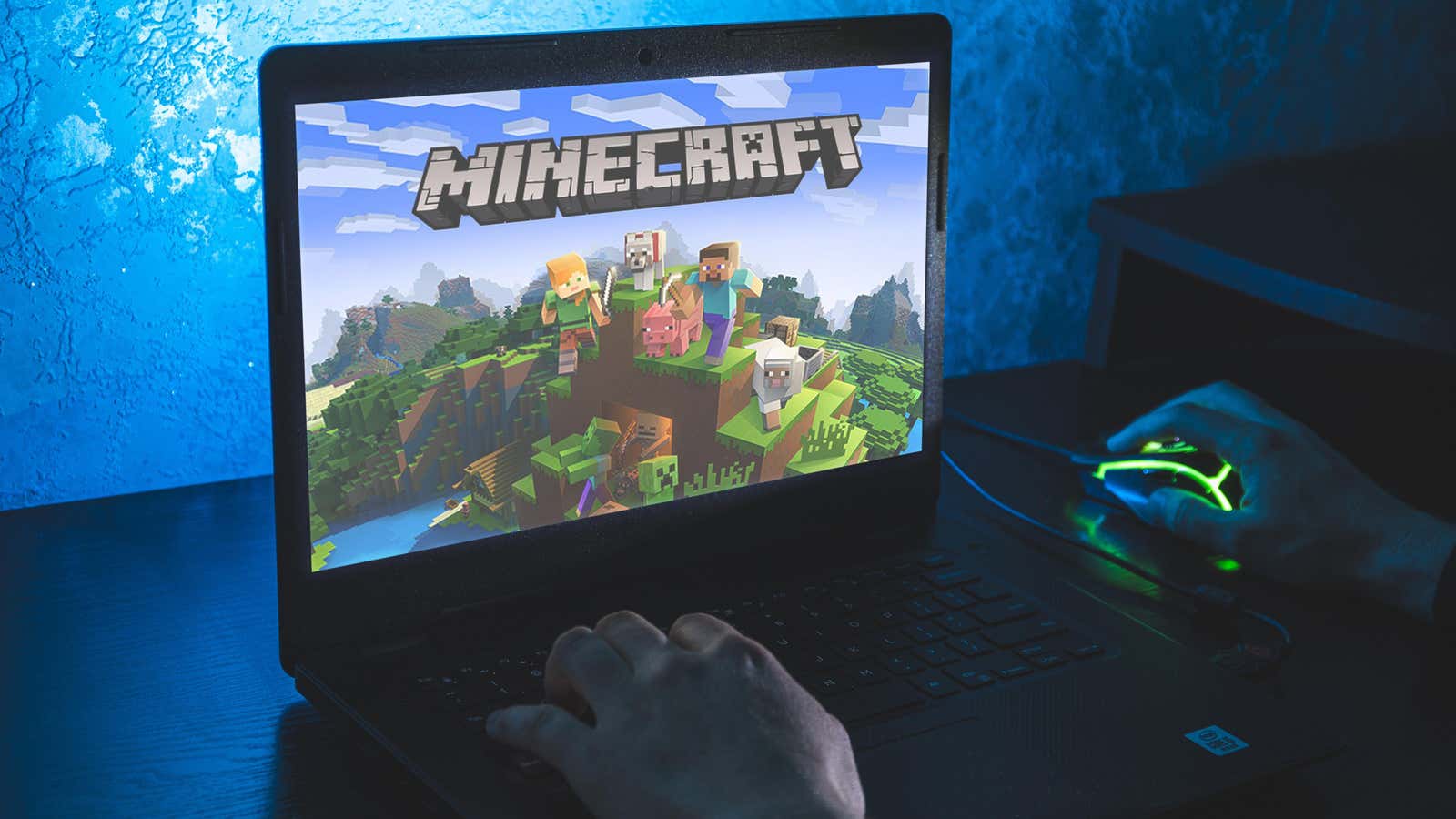How to Avoid the Abundance of Malware in Minecraft

Minecraft is addictive. Minecraft is popular. This combination means that many of us play the game for hours every single day. While this is good for the Minecraft community in general, it’s also good for hackers. They don’t see millions of Minecraft players: they see millions of malware targets.
According to BleepingComputer , Kaspersky Lab researchers have found that Minecraft accounts for a whopping 25% of malware distributed via PC video games. This is more than double that of the next leading game, FIFA , as it only accounts for 11% of gaming malware traffic. Other “winners” include Roblox with 9.5%, Far Cry with 9.4% and Call of Duty with 9%, but there are many other games that attackers see as malware pipelines.
While the vast majority of this malware is distributed through PC games, Minecraft still leads the way with 40% of malware distributed through mobile games. Yes.
Most of these malicious Minecraft cases lead to downloaders on your computer. Downloaders often sneak past security software and then install nasty malware on your computer, such as information stealing programs or cryptocurrency miners. However, adware (which delivers malicious ads to users) and Trojans (malware that pretends to be legitimate software) are also in the mix, which can steal your personal information or give attackers access to your computer.
How to avoid malware from Minecraft and other games
Just playing these games is not risky. If you bought the game from a trusted market and are playing as intended, you don’t have to worry about malware any more than if you were playing on a Nintendo Switch or PlayStation. However, the risk comes from diving into the more underground components of the game, namely mods, cheats, and piracy.
The first piece of advice here is: don’t pirate games. Ethics aside, bad actors exploit players’ desire to play against them for free by offering fake versions of popular games. You are putting yourself at risk by downloading the “free” version of the game that everyone plays, since there is so much incentive for an attacker to put malware in its place.
Pirated games also allow attackers to create fake app stores. Since many games currently use in-app purchase, many players do not consider purchasing items and upgrades from these markets. However, these fake in-app stores do not offer real products in return. Instead, they steal your information and use it to make purchases on your behalf. In short, again, don’t pirate games.
Be extremely careful when installing mods. Mods are a great way to improve your game on PC, and there are some great developers out there who are great at this. However, since game developers do not support mods and other game cheats, they are not subject to regulation or oversight. This environment makes it too easy for attackers to advertise their product as a legitimate mod just to install malware on your machine.
The sites that host these mods can also be malicious. Even if the link is valid, the site may be full of ads or fake download links. It looks like you’re clicking the correct download button, but it’s actually downloading something nefarious or redirecting you to a new malicious URL.
When installing mods, try to install those that have a high download speed and good reviews. It can be risky to download this new mod from an unknown developer when no one can verify its legitimacy. If a modder asks you to disable your antivirus software in order to run his program, don’t do it. Although some modders have problems with antivirus software, this scheme allows attackers to bypass your security systems. Do not do that.
Don’t forget to also keep your computer and your games updated with the latest software patches. These updates may help protect against security vulnerabilities.
How to know if your computer has malware
Sure, these tips will help you avoid gaming malware in the future , but what about any malware you might have picked up in the past? Can your computer currently harbor runaway software?
Pay attention to any strange symptoms your computer is experiencing. Is something causing your computer to overheat even when no programs are running? Your computer might be running slow out of the blue. Are strange links opening in your web browser or cryptic pop-ups filling your desktop?
If so, your best bet is to run a program that scans for known malware, such as Malwarebytes . This application will look for any malware on your computer, identify it and help you remove it permanently. It is recommended that you regularly scan for viruses and malware, especially on PCs, to make sure nothing gets through the gate.
If you want to know if your computer’s problem is related to third-party software (and therefore potentially malware), you can boot into Safe Mode, which only runs Microsoft programs. There are many ways to boot into Safe Mode in both Windows 10 and Windows 11, as you can see on this Microsoft support page .
You can also scan your computer yourself to find any weird files you didn’t want to download. However, this strategy can be tricky as system files can often look intimidating or weird. If you see something obviously scary, like minecrafttrojan.exe, remove it yourself.